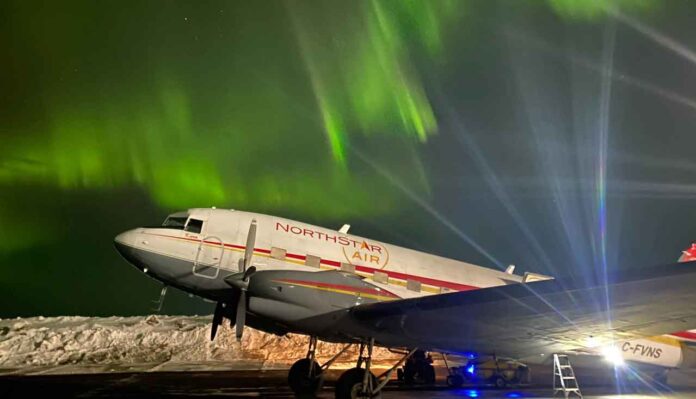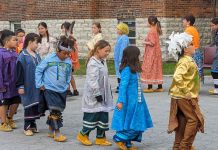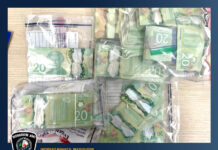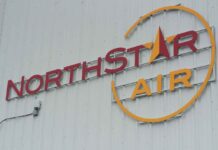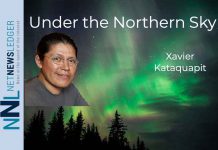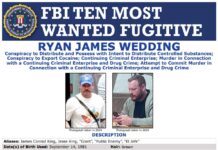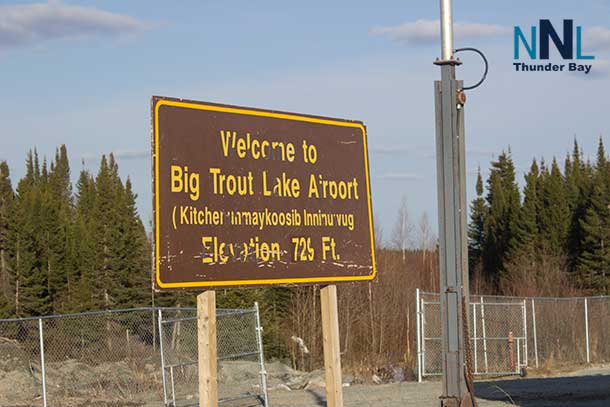by Xavier Kataquapit
www.underthenorthernsky.com
Attawapiskat First Nation is my home community and it was where I was born and raised with my family. When I think about where I grew up, I feel like I came from some different country or part of the world that is not part of Canada at all. It was so different to everything I later learned about that was outside my home community.
My first language is Inineemoon, or as its known in the English language as ‘Cree’. We never referred to ourselves as ‘Cree’. That was a descriptor that was applied to us by European cultures. We knew ourselves and our people as Ininew, our word for ‘people’ and our language as ‘Inineemoon’, which translates as ‘language of the people’.
The language that we spoke was specifically the James Bay west coast Omushkegowuk dialect that both my parents exclusively used all their lives. My parents Marius and Susan Kataquapit were survivors of the Residential School system from the 1950s and 60s and they were taught the English and French languages. Although they had what would be considered an education by the government, they didn’t learn much from that supposed system of schooling and when they returned to their families, they all exclusively spoke Inineemoon. The Residential School system was more about assimilation, abuse and terror.
When I grew up in the 1970s and 1980s and into the 1990s, almost everyone in the community exclusively spoke Inineemoon. It was strange for us to even consider speaking to my parents any other way. It was even more foreign if I didn’t speak Inineemoon to my grandmother or the Elders from older generations.
Even the name of our community was adjusted by European map makers and officials. We call our river Kattawapiskak Seepee. Seepee is our word for ‘River’. Kattawapiskak is a description of the river where it cuts through high rocky shorelines. Kattawak literally just means, a gap or a space between two things. So the description just means, a river between the rocks. When European map makers and explorers heard the name, all they could hear was the heavily inflected Inineemoon language and wrote the name down as ‘Attawapiskat’.
The community I grew up in as a boy was a reflection of how our people were organized before they settled in modern Attawapiskat. The inland people who came from the interior or head waters of the river, lived primarily on the west end of town. The people from the northern rivers like my mother’s Paulmartin/Rose family lived on the east end of town. My dad’s Kataquapit family primarily settled in the centre because their main trapping, hunting and fishing territories had historically been on the Attawapiskat River.
The whole west coast of James Bay had always been my people’s lands because they needed to cover this territory in order to survive. If food could not be gathered in one area, people moved to new rivers, lakes and waterways in order to sustain themselves. This is the main reason why our treaty lands became so complicated. When Treaty #9 was initially signed by Indigenous communities in 1905 / 1906, it only included settlements south of the Albany River which didn’t include Attawapiskat. My home community didn’t become part of the Treaty until adhesions were made to this agreement in 1930. Due to how my ancestors knew where the best lands and rivers were located, they settled our treaty territory on the banks of the Ekwan River, 140 kilometers inland away from the James Bay coast. The Ekwan River is known as a great water way that is rich in resources for food and gathering. However, due to the valued access of James Bay and to shipping traffic further along the salt water ocean, missionaries and fur traders encouraged the settlement on the present day location of Attawapiskat closer to the coast.
To people like my parents and their generation, none of this mattered. They continued to travel up and down the James Bay coast to the hunting, fishing and trapping areas that their relatives and ancestors had always accessed. This has always been the contentious argument that Indigenous people have always presented to outside forces that would like to access traditional territories for hydro power, mining or forestry. Industry and government has always viewed this land as empty and do not really care how they alter or disturb the land.
However, for the people that have always called this their home, we do not view the land for what it can immediately provide in material wealth but instead see what we can leave behind for future generations to enjoy. No matter what happens or who develops the north, the Omushkegowuk Ininew will still be there. These are the lands of our ancestors and the place we call home.

